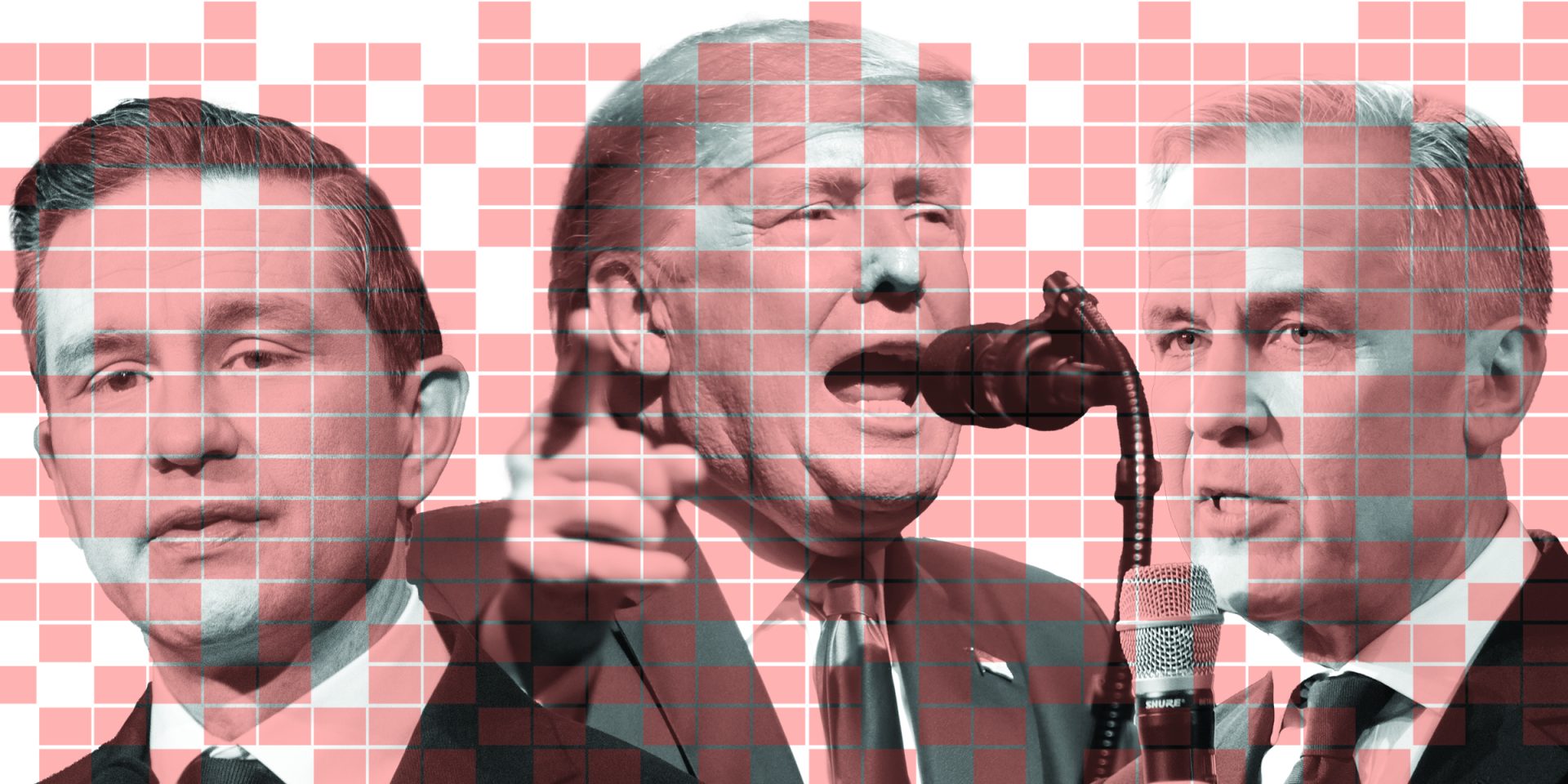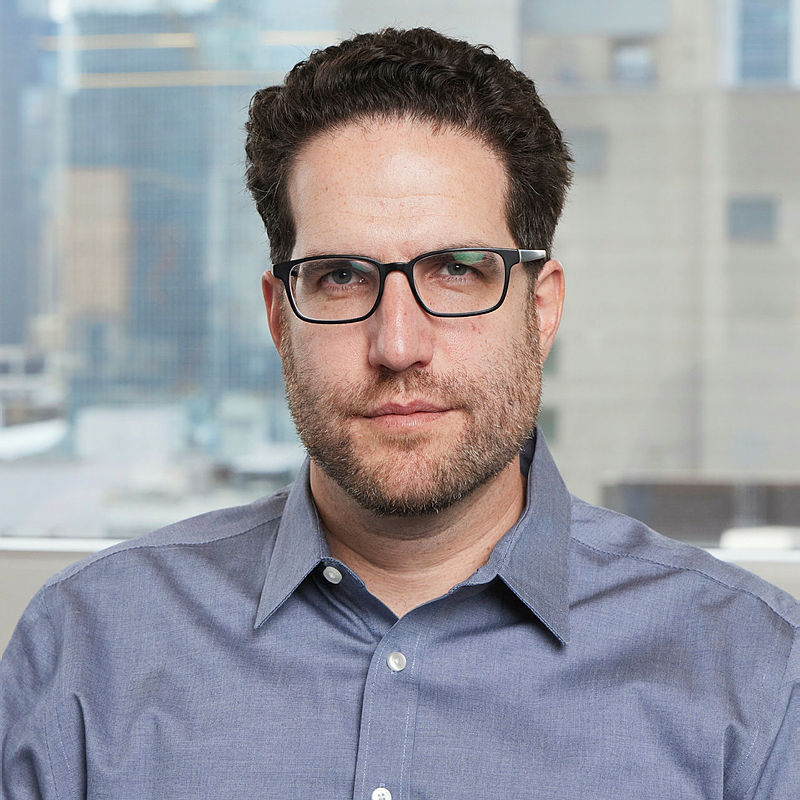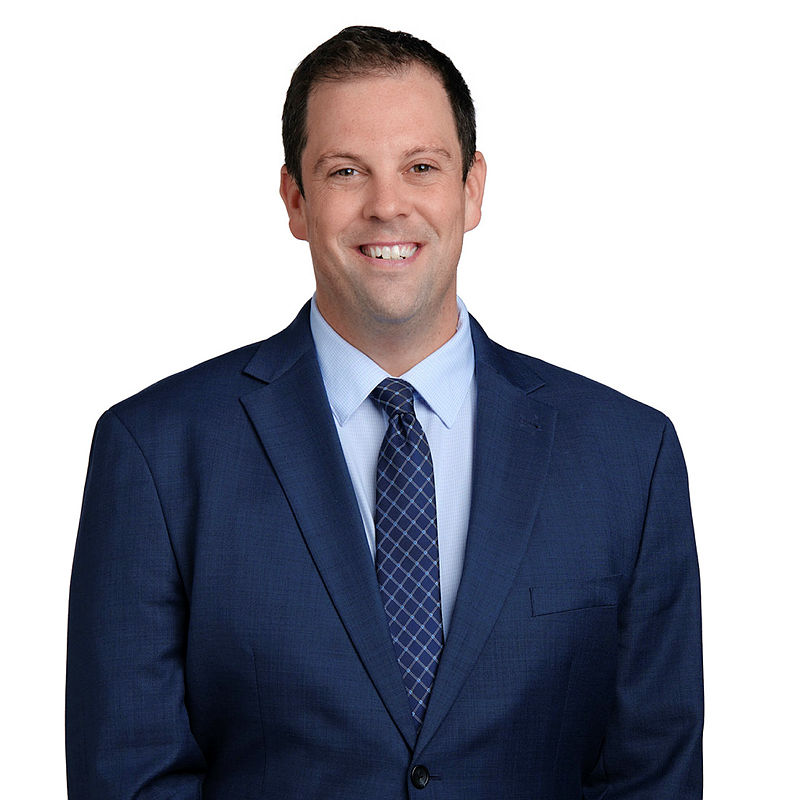Project competence, avoid silly dances: parties seek balance with social media strategies

Following the success of American presidential candidates’ appearances with social media influencers or as guests on longer-form podcasts, digital communications pros had expected those strategies to play an outsized role in Canada’s current election.
However, following President Donald Trump’s election last fall, the ensuing tariff chaos, and tightening of the polls, the Liberals’ “simple, safe, and serious” tone is far more appropriate than any silly TikTok dance, says digital communications strategist Dave Sommer. The tenor of this election is also a factor in how the Conservative campaign is using social media, while the NDP’s rollout has hit a stumbling block, according to observers.
“The most important thing for the Liberals’ social media strategy has been that they have understood the tone of this election better than any of the other parties,” explained Sommer, who worked on digital communications in then-prime minister Justin Trudeau’s office, and as the Liberals’ creative lead during the 2015 and 2019 elections.
“The tone is serious, existential, and it has pivoted 180 degrees since last fall,” Sommer continued. “The conversation both online and off is dominated by Trump, and the Liberals’ content is only about that.”
Aside from the Liberals’ two pre-election ads featuring actor Mike Myers, Elbows Up and Canada is Everything—which have collectively garnered nearly one million views across YouTube, X, Facebook, and Instagram, as well as significant attention south of the border—Sommer noted that one of the most successful and truly “organic” pieces of social content has been Liberal Prime Minister Mark Carney announcing that “Canada is ready to lead” in response to Trump’s April 2 tariff announcement. While the initial post on Carney’s X account has garnered more than 1.2 million views, the video has also been viewed millions of times more as other larger accounts reshared the video.
BREAKING: In a shocking development Canada announces it will build a coalition of countries who share their values to build their economy and trade opportunities and will exclude the United States.
— CALL TO ACTIVISM (@CalltoActivism) April 3, 2025
“If the U.S. no longer wants to lead, Canada will.”
pic.twitter.com/Tlm9Dk8cFS
Sommer, now a vice-president of strategic communications with Enterprise Canada, said that given the prevailing context of the election, it is appropriate for Carney’s tone on social media to be less playful, and any future instances of levity would be incredibly “safe.”
“It says a lot about the tone of the election when the riskiest thing we’ve seen the candidates do is be interviewed by Nardwuar,” explained Sommer, pointing to the appearances by Carney and NDP Leader Jagmeet Singh on the music journalist and “human serviette’s” interview program.
“Carney is doing what he needs to do; he’s making announcements, doing the hero videos, kissing babies, and making Passover matzo balls,” Sommer said. “They’re hitting the social media signposts, they don’t need to do much more; just project competence and don’t do the silly dances.”
Alternatively, Sommer noted that while expectations had been higher, Conservative Leader Pierre Poilievre’s campaign isn’t doing much more experimental social media work as part of its official strategy, but noted the party still benefits from “nearly 50 years of movement conservatism’s experiments with alternative media.”
However, while Sommer said Poilievre’s more recent appearances alongside his wife Anaida on the inaugural episode of the C-Suite podcast with Camila Gonzalez, a former broadcaster and Miss International Canada, or his one-on-one interview with The Knowledge Project’s Shane Parrish will likely garner millions of views, including through secondary clips and reshares, they may not necessarily expand his reach.

Sommer added that Anaida is an obvious asset, and the couple’s interactions both on the podcast and during the campaign while travelling with their children have been an effective way to “humanize” Poilievre, and show a softer, more personal side that can be hard to display as opposition leader in the House of Commons, but it may be too late in the game for that.
“These alternative channels and podcasters can be effective at reaching those larger audiences, but that also requires a message that’s going to resonate, and right now, Poilievre’s isn’t,” Sommer said.
“On social media, Poilievre has lived and died as a partisan destroyer, and people were willing to give him the benefit of the doubt, but the second Trudeau was gone and his messaging required a different gear, people started tuning out because he didn’t have one.”
Former Conservative PMO staffer Jordan Paquet told The Hill Times that despite the expectations for Poilievre to branch further beyond the mainstream than he has this election, given the close race, the Conservatives could only take very “calculated risks.”

Although appearing on an episode of the massively popular Joe Rogan podcast would undoubtedly offer Poilievre a huge audience to which he could spread his message, the campaign’s calculation needs to focus on which audiences would grow the base rather than just get it excited, Paquet said.
And while Poilievre’s official appearances have been with influencers with softer edges than some Conservatives would prefer, that was also a strategic part of the calculation.
“The biggest risk you want to avoid is associating the leader with someone who has or will say something that will end up being a distraction to the campaign,” Paquet said, pointing to the “stumble” the NDP had in it’s inaugural attempt to fully integrate social media influencers into the campaign.
More than a month before the campaign officially began, Singh—the only federal leader currently active on TikTok—took to the platform to call out “creators” and invite them aboard his campaign bus to help the NDP make content during his leader’s tour. Once the campaign began, Singh posted additional callouts regularly on Instagram to update potential collaborators on where the tour was heading next.

However, early in the campaign, the NDP had to boot one of those creators from the bus, after past comments she made comparing Israel’s war in Gaza to the Holocaust resurfaced online.
In a statement, the NDP said the influencer had been removed from the campaign and would not participate in future events. The party blamed the incident on a lack of vetting, and said it would be “reviewing how we engage with online voices to ensure alignment with our values.”
Former NDP digital director Michael Roy said that despite the initial stumble, the only way to learn and improve is to experiment and sometimes fail, but he doesn’t believe a single mishap will make or break the election, nor discredit future attempts.
While the Conservatives have been careful to keep their fingerprints off of any social media activity by the influencers and independent media that follow Poilievre’s campaign, whether or not they are officially sanctioned by the party is “a distinction without a difference,” Roy said. “I think the NDP is being much more forthright, but just because the Conservatives are trying to maintain that plausible deniability, I wouldn’t let them off the hook if I were in an opposing war room.”
While those influencers and independent media have not been invited on the party’s official tour bus or plane, unlike the “mainstream media,” influencers have received a far greater level of accommodation and access, including the ability to roam freely during Conservative rallies and access backstage areas.
Pierre Poilievre stops to talk to @truckdriverpleb after the record breaking turnout in Edmonton.
— Angela on X (@URSoulPowerful) April 8, 2025
Apologies for the poor video quality—Pleb was live streaming. pic.twitter.com/mNX1OP6e8M
According to a post by the influencer popularly known as “The Pleb Reporter,” one recent example of the literal and figurative “elevated status” those influencers enjoy over traditional media is a large step ladder to allow them to capture an overhead view of the rallies.
Pierre Poilievre's team have started bringing ladders and high risers so media/content creators can really show how massive the rallies are
— The Pleb 🌍 Reporter (@truckdriverpleb) April 11, 2025
Smart move pic.twitter.com/bD2zdXk3pF
Speaking with The Hill Times, “The Pleb Reporter” said he doesn’t consider himself a “VIP or invited guest,” and shows up to rallies of his own volition to film, but has applied for accreditation at certain events to gain access to the media riser.

NDP political strategist Jordan Leichnitz told The Hill Times that while the Conservatives haven’t explicitly detailed an influencer strategy, it has been abundantly evident content creators are receiving far greater access and accommodation from the campaign than the average journalist.
However, Leichnitz said that beyond any past problematic statements or behaviour by one of those influencers that could reflect negatively on the party, the Conservatives’ biggest concern should be whether the party’s message is trapped in a “digital cul-de-sac” of its own making, and failing to reach anyone who isn’t already subscribed.
“The theory of the Conservatives’ campaign is very much about downplaying traditional media and instead relying on a sort of right-leaning online media environment,” Leichnitz said. “It’s obviously deliberate, but whether their viewers represent a growing base or just the audience they already had is the key question.”
sbenson@hilltimes.com
The Hill Times






 LICENSING
LICENSING PODCAST
PODCAST ALERTS
ALERTS













